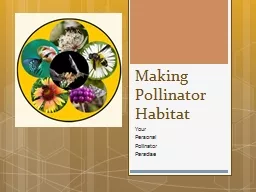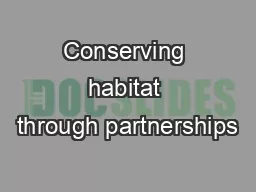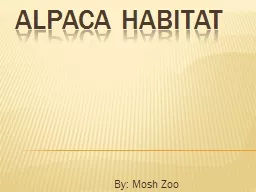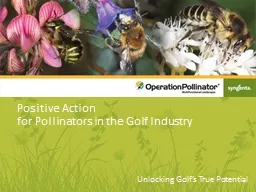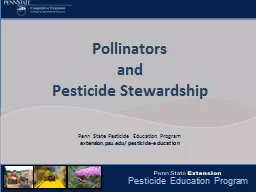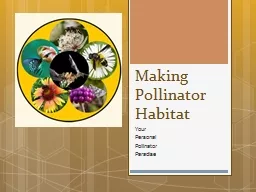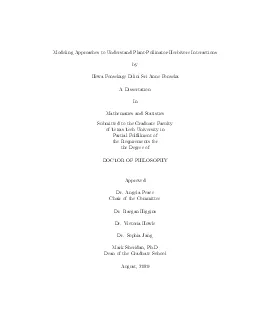PPT-Making Pollinator Habitat
Author : trish-goza | Published Date : 2019-02-25
Your Personal Pollinator Paradise Defining your goal What kind of pollinators are you trying to create habitat for What are the needs of each pollinator Which
Presentation Embed Code
Download Presentation
Download Presentation The PPT/PDF document "Making Pollinator Habitat" is the property of its rightful owner. Permission is granted to download and print the materials on this website for personal, non-commercial use only, and to display it on your personal computer provided you do not modify the materials and that you retain all copyright notices contained in the materials. By downloading content from our website, you accept the terms of this agreement.
Making Pollinator Habitat: Transcript
Download Rules Of Document
"Making Pollinator Habitat"The content belongs to its owner. You may download and print it for personal use, without modification, and keep all copyright notices. By downloading, you agree to these terms.
Related Documents

